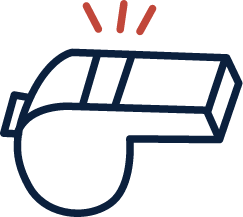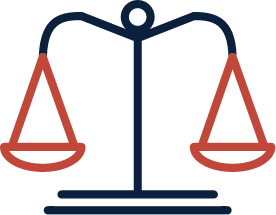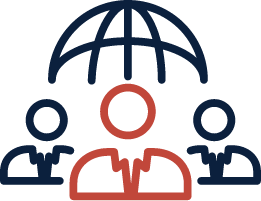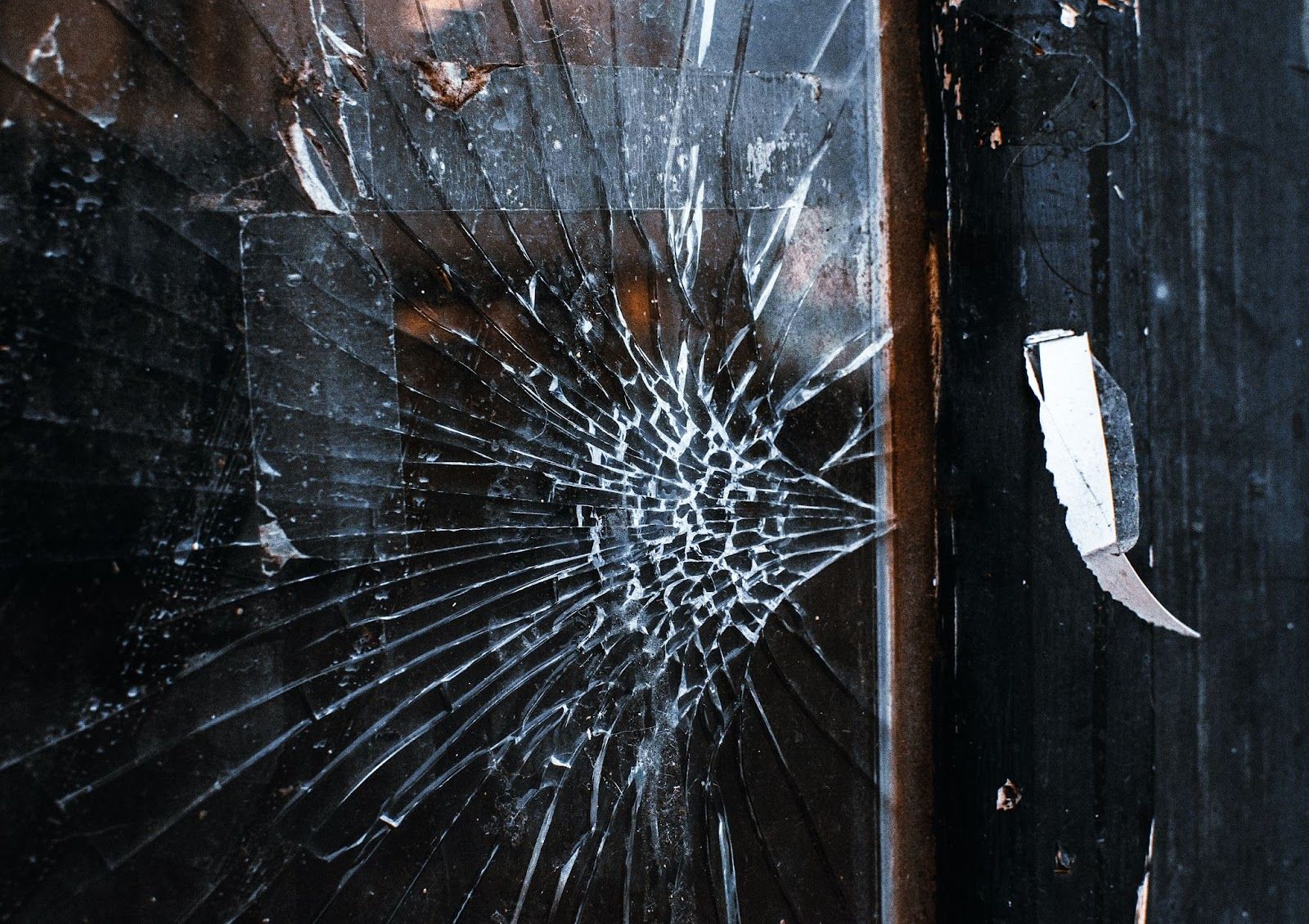Malcolm Gladwell is an author I have always enjoyed. A few weeks ago, I dusted off The Tipping Point, How Little Things Can Make a Big Difference #NotMe Solutions, the company I founded that prevents workplace misconduct through better, safer reporting and communication is nearing the famous ‘tipping point’ and I knew Gladwell’s book would offer up some wisdom. As a reminder, The Tipping Point is defined as the moment of critical mass, the threshold, the boiling point. It is the point when everyday things reach epidemic proportions. During this re-reading, I couldn’t help but correlate how the onslaught of microaggressions, (the thinly veiled, everyday instances of racism, homophobia, sexism, etc.), in the workplace have reached an inflection point. Yet they still simmer beneath the surface and wreak havoc. I found myself asking, Why is it that those in positions of influence are reluctant to educate, address and take decisive action in tackling one of the most insidious and erosive trends in today’s contemporary workforce?
Microaggressions and Employee Relations
Like many people, I have had mixed feelings about microaggressions. Yet, when the team and I built #NotMe, we took the position that it should be easy for people to report not only serious misconduct but also – and perhaps most importantly – microaggressions. After all, if something small is bothering you, you should be able to safely and easily speak up and report it.
With so many company cultures espousing that they are a “listening culture” and the myriad of “listening” platforms hitting the market, it seems incongruent that the communities responsible for creating psychologically safe and inclusive work environments are fearful of gaining these insights. Here are a couple of examples of common concerns shared by some of the HR Practitioners I have spoken with:
“What you have built is great, but I do not want to know about microaggressions. If something becomes serious, that’s a different story. That’s when we need to get involved. In 2021 after almost two years of covid, people are way too sensitive and on the edge. My team and I have no time to deal with microaggressions. Why do you want me to open Pandora’s box? Are you crazy?”
“Let’s not make it so easy for anyone and everyone to whine and complain.”
Modern Leadership and CEO Insights
The concerns and reservations expressed are part of honest feedback. Even though I disagree with the sentiment, most entrepreneurs must weigh the balance of risk to that of making positive change. In the case of NotMe Solutions, that decision was made a long time ago and my job is to lead and guide others through the other side of what is possible in a truly psychologically safe work environment.
While I knew we were reaching the Tipping Point when it came to microaggressions, it was not playing out in the market. So, I decided to follow my passion and do some more reading and research. I went back through the “Broken Windows Theory” that I studied years ago. Perhaps this theory would provide a helpful guide in creating change. The Broken Windows theory first proposed by academics James Q. Wilson and George Kelling in 1982 stated that any visible signs of crime and civil disorder, such as broken windows (hence, the name of the theory), vandalism, loitering, public drinking, jaywalking, and transportation fare evasion, create an urban environment that promotes even more crime and disorder. The theory links disorder and incivility within a community to subsequent occurrences of serious crime.
The Broken Windows theory had an enormous impact on police policy throughout the 1990s. Perhaps the most notable application of the theory was in New York City under the direction of Police Commissioner William Bratton. Bratton was convinced that the aggressive order-maintenance practices of the New York City Police Department were responsible for the dramatic decrease in crime rates within the city during the 1990s. Bratton began translating the theory into practice as the chief of New York City’s transit police from 1990 to 1992. Squads of plainclothes officers were assigned to catch turnstile jumpers, and, as arrests for misdemeanors increased, subway crimes of all kinds decreased dramatically. In 1994, when he became New York City police commissioner, Bratton introduced his broken windows-based “quality of life initiative.” This initiative cracked down on panhandling, disorderly behavior, public drinking, street prostitution, and unsolicited windshield washing or other such attempts to obtain cash from drivers stopped in traffic. When Bratton resigned in 1996, felonies were down almost 40 percent in New York, and the homicide rate had been halved.
Prior to the development and implementation of various incivility theories such as Broken Windows, law enforcement scholars and police tended to focus on serious crime; that is, the major concern was with crimes that were perceived to be the most serious and consequential for the victim, such as rape, robbery, and murder. Wilson and Kelling took a different view. They saw serious crime as the result of a lengthier chain of events, theorizing that crime emanated from disorder and that if disorder were eliminated, then serious crimes would not occur.
Microaggressions are the broken windows of the workplace. For the past 20 years, employers and compliance & ethics folks have focused on the big things. The costly violations of the code of ethics or of the harassment & discrimination policies. Here is a hotline (a web reporting form, etc.) and please report big things (insinuating: do not bother us with microaggressions, we do not have time, nor the bandwidth to deal with them). Considering the Broken Windows theory, this may have been a mistake.
Disorder causes crime, and crime causes further disorder and crime. Can we draw a similar equivalence in the workplace and infer that microaggressions lead in fact to more serious misconduct (when it comes to harassment and discrimination for example, not sure the theory applies to conflict of interests or other ethical violations but it is worth exploring)?
The broken windows theory is seen by many to affect change quickly and with minimal expense by merely altering the police crime-control strategy. The broken windows theory is not perfect, and it has its detractors. It is safe to conclude that the theory does not explain everything and that, even if the theory is valid, companion theories are necessary to fully explain crime. But for the purpose of this article and for the sake of reflection, I think that the linking of the broken windows theory and addressing microaggressions in the workplace makes sense especially because things do not go from 0 to 60 overnight when it comes to misconduct.
The microaggressions are like those broken windows. On their own, they are often a nuisance to the owner of the building or the person/recipient of the microaggressions. But whether it is a window or a microaggression, both become over time, a nuisance to the community (the neighborhood in the case of the window, and the workplace in the case of the microaggressions).
CEO’s and HR – What is the action item?
What does the broken windows theory mean in practice for employers and employees when it comes to handling microaggressions? No one should ignore them. Microaggressions are a sign, an indicator— and an opportunity for prevention. They need to be dealt with and addressed so that things do not escalate and get out of control. Recipients and witnesses of microaggressions must report them to prevent deterioration of their workplace culture. And they must feel safe, comfortable and in some cases be anonymous to do so. (#NotMe is great for that, it is easy, safe, quick & anonymous if desired). Employers must welcome the reporting of microaggressions as an opportunity to listen, respond and improve the culture of the organization. Sometimes, a re-read and a little time provide profound insights. I finally understood why the position we took at #NotMe (i.e., facilitating the reporting of microaggressions as well as macroaggressions) made a ton of sense. I most likely had perceived it initially based on my experience as a lawyer advising companies, but I now understood it because Gladwell had put it on paper, in a book.
So, if you want a physically and psychologically safe workplace where employees thrive and your business succeeds at its optimal level, think about the broken window theory and deal with microaggressions. The more you tolerate them, the more likely you are to have misconduct taking a stronghold in your workplace.
Thank you, Malcolm, for the great read and the fantastic tips! Keep them coming.












